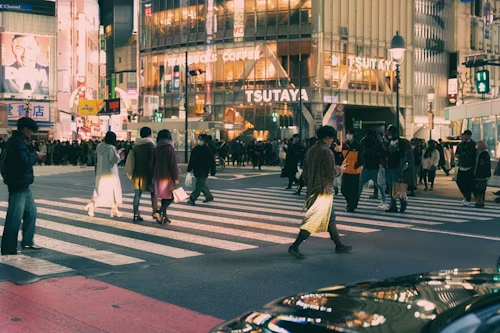In the world of film, fashion has always done more than dress the characters—it defines them. From Audrey Hepburn's little black dress in Breakfast at Tiffany's to Zendaya's tenniscore looks in Challengers, cinema and style have long been intertwined in a visual love affair.
But in recent years, the relationship between fashion and film has evolved into something far more dynamic. We're no longer just admiring costumes on screen—we're recreating them, buying them, and building whole aesthetics around them. Today's trendiest films aren't just telling stories. They're launching looks, igniting style movements, and turning cinema into a wearable fantasy.
👗 Fashion as Visual Storytelling
Clothes in film are never just clothes. They're extensions of identity, mood, and cultural context. In Greta Gerwig's Barbie, hot pink becomes a visual manifesto of hyper-femininity and rebellion. In Saltburn, fashion teeters between glamour and grotesque, building a world that feels intoxicating and off-kilter.
Even minimalist films like Priscilla use clothing as a central emotional device—Priscilla's style evolves from dreamy 60s doll-like silhouettes to a restrained, defiant softness that speaks volumes without a word. These costumes don't just support the plot—they are the plot.
💫 Viral Cinema: When Looks Go Global
Thanks to TikTok and Instagram, the style impact of films now travels faster than the credits can roll. A single frame can inspire fashion trends overnight. Just look at the ballet flats resurgence after Black Swan, the coquette-core boom after Marie Antoinette, or the “Challengers green” trend that took over after Zendaya's promo tour.
Social media has made fashion in film instantly replicable and endlessly remixable. Hashtags like #MovieStyle, #CinemaAesthetic, and #FilmFashion now generate millions of views, turning the audience into stylists, editors, and cultural curators.
🧥 Characters as Fashion Icons
Modern film characters are more than just protagonists—they're style blueprints. Take Margot Robbie in Barbie, Timothée Chalamet in Call Me by Your Name, or Anya Taylor-Joy in Emma. Their wardrobes are dissected, imitated, and pinned onto moodboards across the internet.
In a fashion-obsessed era, film becomes a runway, and every costume becomes a statement. Even period dramas are no longer “historical”—they're aspirational, romanticized visions of self-expression.
🛍️ Cinema as Lifestyle Influence
What's striking about trend-driven films today is how seamlessly they blend into real life. After watching a stylish movie, viewers might shop for similar outfits, curate matching playlists, or even plan vacations to recreate the film's aesthetic.
Films like A Bigger Splash, Call Me by Your Name, or The Talented Mr. Ripley don't just show clothes—they show a way of living. They sell a mood. And for a generation raised on curated feeds and visual storytelling, that's exactly what resonates.
🎞️ Conclusion: The Movie Is the Moodboard
In 2025, the line between film and fashion is thinner than ever. To watch a movie is to step into a world of style—a world we can borrow, remix, and wear. Trendy films are no longer just consumed—they're lived.
Because in the end, the most iconic looks don't walk down runways anymore. They flicker across screens, slip into feeds, and end up in our closets.

